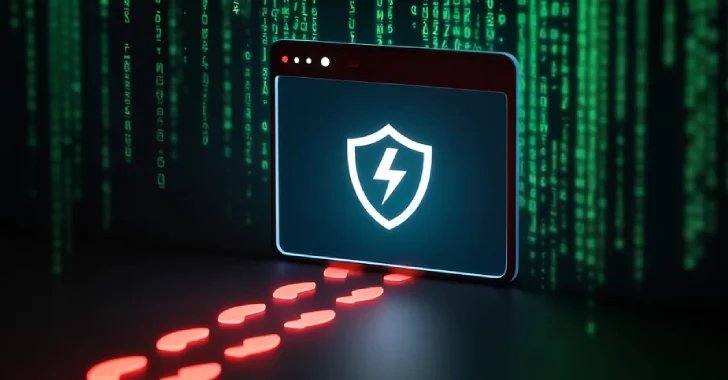Summary Points
-
DLP Ineffectiveness: Traditional Data Leakage Prevention (DLP) tools struggle to secure modern SaaS environments, where 70% of enterprise data leaks occur in-browser, making legacy systems obsolete.
-
Invisible Data Risks: Over half of all data leaks involve covert actions, such as copying data into chat apps, which traditional DLP solutions fail to monitor or address.
-
Browser as Control Point: With sensitive data primarily residing in browser sessions, transitioning to browser-centric DLP is essential for addressing security challenges associated with real-time interactions and unauthorized tools.
- Proactive Monitoring: A browser-centric approach continuously monitors user actions, distinguishing between personal and corporate activities, and detecting sensitive data to enable immediate security responses, mitigating risks inherent in today’s SaaS landscape.
What’s the Problem?
In a rapidly evolving digital landscape, traditional data leakage prevention (DLP) tools are proving inadequate in safeguarding sensitive information for modern businesses that heavily utilize Software as a Service (SaaS) applications like Google Workspace and Salesforce. A recent white paper titled “Rethinking DLP For The SaaS Era” outlines critical vulnerabilities stemming from legacy systems that fail to address the contemporary workflow dynamics where 70% of enterprise data leaks now occur directly within browser environments. This shift is largely attributed to the nature of modern data interactions—such as copying text into chat apps or engaging with AI tools—complexities often overlooked by traditional DLP solutions that were designed for an era of static file management.
The findings stress the necessity for organizations to adopt browser-centric DLP approaches that continuously monitor real-time data usage within browser sessions. The paper highlights several pressing risks, including the prevalence of unauthorized SaaS usage and the potential hazards posed by malicious browser extensions. By focusing security efforts directly where interactions take place—the browser—businesses can proactively address these contemporary challenges, ensuring that sensitive data remains protected in an increasingly digital workspace. This critical insight comes via an industry partnership reported by The Hacker News as businesses seek to adapt their security practices to align with today’s operational realities.
Risks Involved
The inherent vulnerabilities stemming from traditional data leakage prevention (DLP) methods could precipitate substantial risks for businesses, users, and organizations as they increasingly rely on SaaS platforms for their operations. With 70% of enterprise data leaks occurring within browser sessions and many employees engaging in “invisible” data manipulation via unapproved tools, the potential for sensitive information to be inadvertently exposed skyrockets. This reality not only compromises individual organizations but also jeopardizes collaborative partnerships, as susceptible data can cascade through interconnected systems, leading to breaches that may affect reputations, incite regulatory scrutiny, and trigger financial losses. Therefore, an organizational pivot towards browser-centric DLP strategies becomes vital; such measures can dynamically monitor user interactions, bridge security gaps, and fortify the collective integrity of all users within the expanding SaaS ecosystem.
Fix & Mitigation
In an era where data breaches can occur within mere seconds, timely remediation is crucial for safeguarding sensitive information.
Mitigation Strategies
- Enhance Browser Security
- Employ Contextual DLP
- Monitor Third-Party Access
- Implement User Education
- Conduct Regular Audits
NIST CSF Guidance
The NIST Cybersecurity Framework emphasizes the need for continuous monitoring and rapid response to threats. Refer to NIST SP 800-171 for detailed guidance on protecting controlled unclassified information within systems and organizations.
Stay Ahead in Cybersecurity
Stay informed on the latest Threat Intelligence and Cyberattacks.
Learn more about global cybersecurity standards through the NIST Cybersecurity Framework.
Disclaimer: The information provided may not always be accurate or up to date. Please do your own research, as the cybersecurity landscape evolves rapidly. Intended for secondary references purposes only.
Cyberattacks-V1

